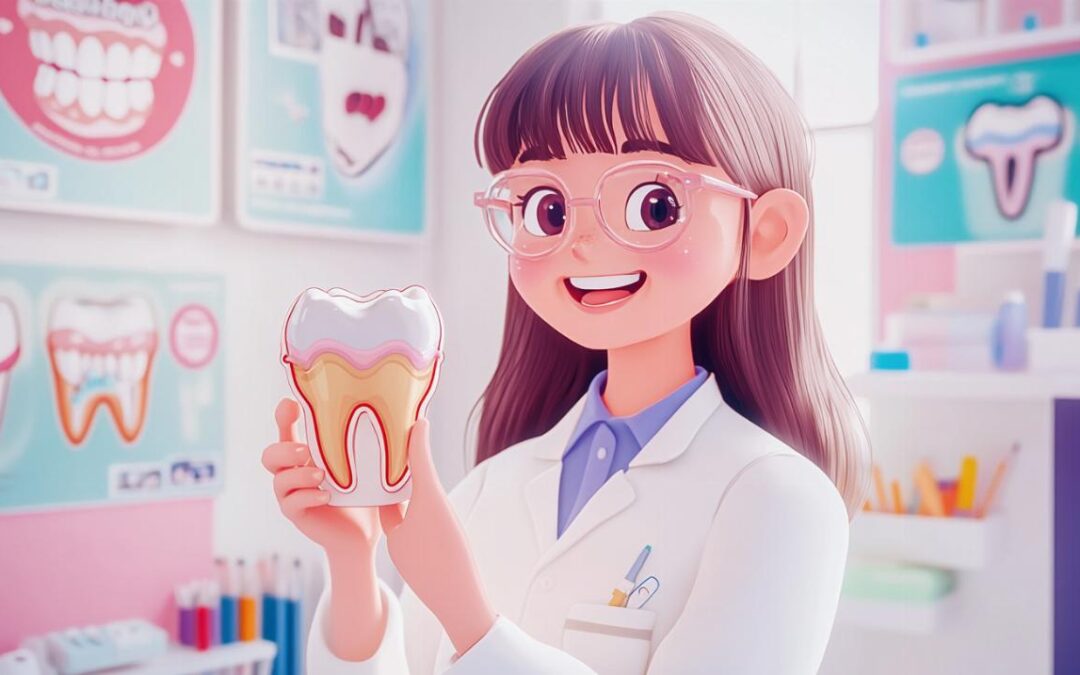When a dental emergency strikes, the immediate discomfort and concern can leave you searching for swift relief until you can secure a proper appointment with your dentist. Whether it is a lost filling, a fractured tooth, or sudden sensitivity, knowing how to manage the situation effectively can make all the difference in protecting your tooth and easing pain. These temporary measures are designed to act as a protective stop-gap, ensuring that your gnasher remains shielded from further damage and discomfort while you arrange professional care.
Understanding temporary dental fillings: your emergency stop-gap
Temporary dental fillings serve as a crucial interim solution when dental troubles arise unexpectedly. They are specifically formulated to provide a short-term barrier that protects the exposed or damaged tooth structure until you can visit your dentist for a permanent restoration. These products are widely available in chemists across London and throughout the United Kingdom, offering a practical and accessible option for managing dental emergencies at home. While they are not intended to replace professional dental care, they offer immediate relief and protection during the often stressful waiting period before your scheduled dental appointment.
What are temporary dental fillings and when do you need them?
A temporary dental filling is a pliable material, typically made from dental cement, that hardens upon contact with saliva and creates a protective seal over a damaged or exposed tooth. These fillings are particularly useful in situations where a dental emergency occurs outside regular clinic hours or when you cannot immediately access professional dental care. Common scenarios that warrant the use of a temporary filling include a lost filling, a broken crown, a cavity causing pain, or a fractured tooth that has left the inner structure vulnerable. The material is designed to be easy to apply at home, requiring only basic preparation such as gently brushing the affected area, rinsing with warm water, drying the tooth, and then carefully placing a small amount of the filling material into the cavity or damaged area. Once applied, you should bite down gently to adjust the filling and avoid eating or drinking for at least an hour to allow the material to set properly. It is advisable to chew on the opposite side of your mouth and steer clear of sticky or hard foods initially to prevent dislodging the temporary repair.
The difference between temporary and permanent dental solutions
Understanding the distinction between temporary and permanent dental solutions is essential for managing your expectations and ensuring you seek appropriate professional care. Temporary fillings are not designed to be as durable or aesthetically pleasing as permanent restorations. They typically last only a few weeks to a few months and are not colour-matched to your natural teeth, making them more conspicuous. In contrast, permanent fillings and crowns are crafted from materials that can endure the rigours of daily chewing and grinding, often lasting between twenty and forty years with proper care. Dentists use temporary fillings as an emergency treatment to stabilise a tooth until a more definitive solution, such as a dental crown, can be placed. They may also be used whilst waiting for a dental crown to be fabricated or to allow for healing and settling of the tooth structure. A crown is essentially a cap that covers the entire visible portion of a tooth, restoring its shape, size, and function. If your temporary filling falls out before you can see your dentist, it is crucial to book an appointment as soon as possible to prevent further damage or infection. The temporary nature of these fillings means they should never be relied upon as a long-term replacement for proper dental care, and their use should be limited to no more than a week without consulting a dental professional.
Quick fixes for lost fillings: managing your gnasher until you see your dentist

When faced with a lost filling or a broken tooth, the immediate priority is to manage pain and protect the exposed tooth structure from further harm. A dental filling solution before dentist appointment can be a lifesaver, providing both comfort and a temporary barrier against bacteria and food particles. Over-the-counter kits available in London chemists offer a convenient and effective way to address these emergencies, while simple home remedies can also provide immediate pain relief and maintain oral hygiene until professional treatment is available.
Over-the-counter temporary filling kits available in london chemists
Several reputable brands of temporary dental filling kits are readily available at pharmacies throughout London and the wider United Kingdom, ensuring that you can access emergency dental care materials quickly and easily. Popular options include the Nocavity Kit, which has garnered a rating of 4.88 out of 5 from over seven hundred reviews, reflecting its reliability and effectiveness. This kit is priced at approximately twelve pounds ninety-five, making it an affordable choice for many households. Another option is the CLICADENT REPAIR, which is available for around thirty-seven pounds fifty, offering a more comprehensive solution for those who may need additional support. For those seeking a budget-friendly alternative, the FiTspi kit costs about three pounds forty-five, while other kits range between seven and fifteen pounds, providing a variety of price points to suit different needs. The HASAIKA Repair Kit, priced at fifteen pounds ninety-nine, and the Protesan Mono, starting at twenty-four pounds eighty-six, are also highly regarded for their ease of use and effectiveness. Many online pharmacies offer quick delivery options, with some providing free shipping on orders over a certain amount, ensuring that you can receive your emergency dental kit promptly. When selecting a kit, it is important to follow the instructions carefully and use the product only as a temporary measure until you can see your dentist.
Home remedies and immediate pain relief methods before your dental appointment
In addition to over-the-counter filling kits, there are several home remedies and pain relief methods that can help manage discomfort and protect your tooth whilst you wait for your dental appointment. Reducing your intake of sugar and avoiding extreme temperatures, whether hot or cold, can significantly lessen sensitivity and pain. If there is a visible crack or hole in the tooth, products like Refilit can be used to create a temporary seal. For sensitivity, desensitising toothpastes such as Sensodyne or Colgate are highly effective when used regularly, and topical pain relief gels like Orajel can provide immediate comfort when applied directly to the affected area. Taking over-the-counter painkillers such as Paracetamol and Ibuprofen can help manage pain and reduce inflammation, with Ibuprofen being particularly beneficial due to its anti-inflammatory properties. Maintaining excellent oral hygiene is crucial during this period. Gently brushing your teeth and using a warm saltwater mouthwash several times a day can help keep the area clean and reduce the risk of infection. If you experience swelling, it is important to monitor the situation closely. Attempting to drain an abscess should only be done with caution, and if swelling extends to your eye or neck, or if you experience difficulty breathing or changes in vision, you should seek immediate medical attention at an accident and emergency department. For wisdom tooth pain, eating soft foods, taking regular painkillers, and using warm saltwater or Peroxyl mouthwash can provide relief. If you have lost a crown, it is essential to clean both the crown and the tooth before attempting to re-cement it using a dental cement product such as Recapit or Toofypegs. Under no circumstances should you use superglue, as this can cause further damage and complications. These home management strategies are designed to offer temporary relief and protection, but they are not substitutes for professional dental care. Always book an appointment with your dentist as soon as possible to ensure that your tooth is properly treated and to prevent any long-term damage or infection.

